Foreword by your authors
Misho and I often drift into memories of our inaugural sojourn to this vibrant city.
As Serbia’s capital, Belgrade stands as a testament to resilience, where layers of history meld seamlessly with the dynamism of the present.
One balmy evening, as we strolled along the confluence of the Sava and Danube rivers, the Kalemegdan Fortress loomed majestically, whispering tales of empires and sieges.
Drawn into the bohemian quarter of Skadarlija, the cobblestone streets echoed with laughter, music, and the clinking of glasses. It was here that we crossed paths with Nikola, a Belgradian poet with a mane of silver hair and eyes that sparkled with mischief and wisdom.
Over a hearty meal of ćevapi and glasses of rakija at a traditional kafana, Nikola shared tales of his youth during the vibrant ’70s in Belgrade, his passionate love affairs, and his brushes with the city’s artistic elite. He recited verses about Belgrade’s spirit, its battles, its loves, and its undying zest for life, each word dripping with nostalgia and pride. As the night deepened, Nikola’s stories painted a vivid tapestry of a city that had seen tumultuous times yet danced on with unyielding spirit.
For Misho and me, that evening with Nikola wasn’t just an introduction to Belgrade; it was an immersion into the soul of the city, a symphony of stories, passions, and timeless allure, waiting to be experienced and celebrated with each return.
Quick Intro
Belgrade is a beautiful city, nestled on the confluence of the Danube and Sava rivers, and is home to an unbelievable mix of history, people, things to do and delicious food!
The energy here is fantastic, and there are so many ways to fill your time, from riverside walks along the Danube river, to music festivals, pubs, and bars to peaceful park retreats.
You’ll be charmed by the sounds of local Serbian songs as you check out the array of alleyways. Whether it is the architecture or the galleries and bookshops tucked away in charming inner-city streets, Belgrade will definitely make you feel like you’re not on the Balkans.
From beautiful street art to sunset at the fortress, here are the absolute best places to see and things to do in Belgrade, Serbia.
But before that, as always, a few things to keep close.
10 Tips Travellers Should Know When Visiting Belgrade
If you’re charting a course to Serbia’s capital, here are 10 tips from Misho’s and my adventures:
- Kalemegdan Fortress: Overlooking the confluence of the Sava and Danube rivers, this historic fortress offers panoramic views of Belgrade. Don’t miss the Military Museum within its walls.
- Bohemian Quarter – Skadarlija: Experience the city’s bohemian spirit. With its cobblestone streets, traditional kafanas, and live music, it’s Belgrade’s answer to Montmartre.
- Serbian Cuisine: Dive into flavors with dishes like “ćevapi” (grilled minced meat), “sarma” (stuffed cabbage rolls), and “ajvar” (pepper-based condiment). And of course, a shot of “rakija” is a must!
- Nightlife: Belgrade is renowned for its vibrant nightlife. From floating river clubs, known as “splavovi”, to underground bars, there’s something for everyone.
- St. Sava Temple: One of the largest Orthodox churches in the world, its grandeur and serene interiors are a sight to behold.
- Ada Ciganlija: Often dubbed the “Belgrade Sea”, this river island offers beaches, sports activities, and cafes. Perfect for relaxation and recreation.
- Museum of Contemporary Art: Dive into the region’s modern artistic expressions. The museum hosts a rich collection of Yugoslav and Serbian contemporary art.
- Walking Tours: Join a free walking tour to get acquainted with the city’s history, architecture, and hidden gems.
- Local Etiquette: Serbians are warm and hospitable. A simple “Hvala” (Thank you) or “Dobar dan” (Good day) in Serbian can earn you a friendly nod.
- Day Trips: Consider visiting nearby attractions like the historic town of Novi Sad or the ethereal Avala Tower for panoramic views.
Ok, on to the best things to do!
Belgrade Fortress (Kalemegdan Fortress)
Terazije 3/V 11000 Belgrade, Serbia | $ | Open 24 Hours
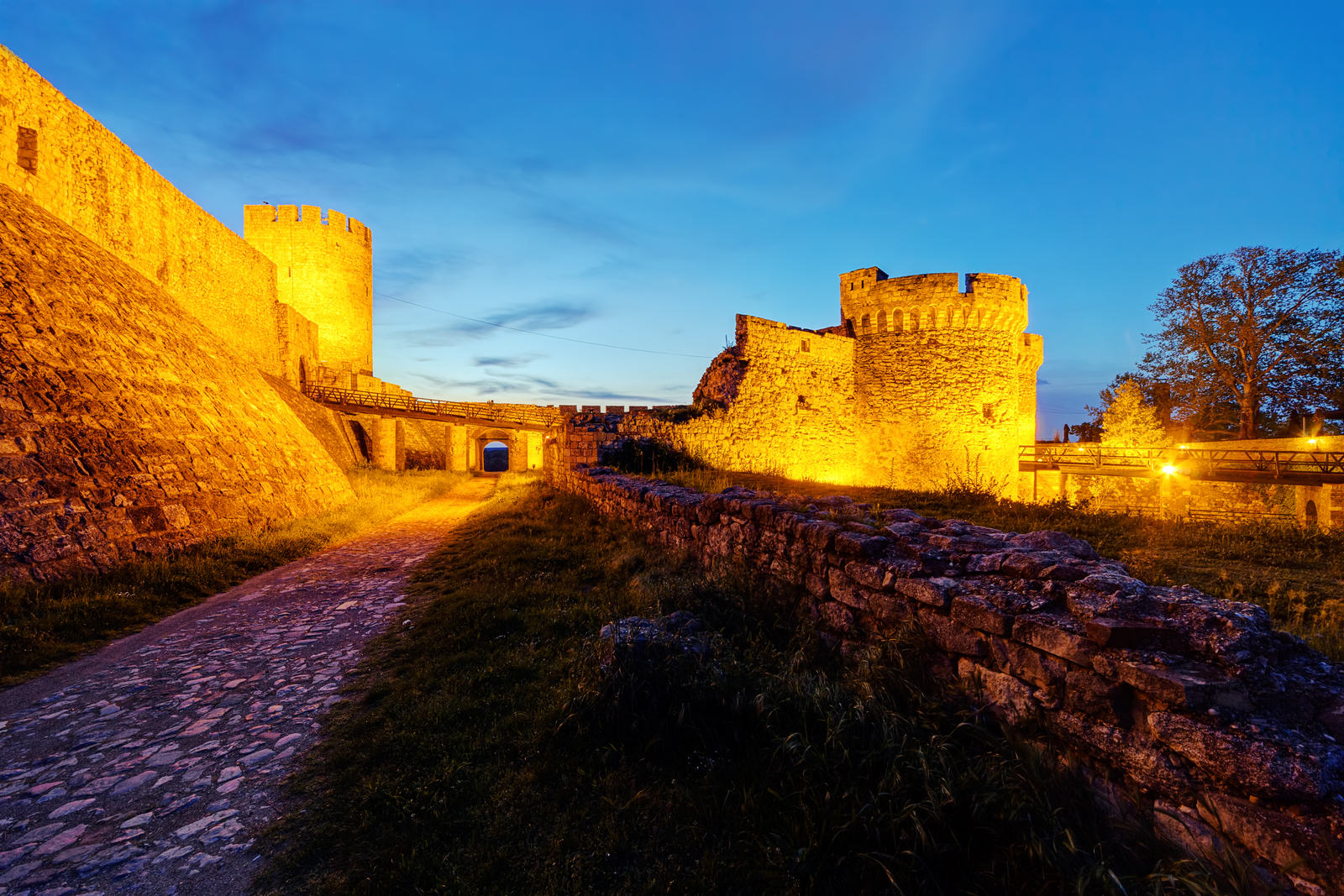 What is it?
What is it?
The Kalemedgan fortress lies in an urban area of modern Belgrade, Serbia. It consists of the old citadel (Upper and Lower Town) and Kalemegdan Park (Large and Little Kalemegdan). It is among the first officially declared cultural monument in Serbia and is one of the most important representatives of Belgrade`s cultural heritage.
Kalemegdan is probably the best thing to see in Belgrade, together with Skadarlija, the second, contributing towards the cities tourist population of over 2 million in a year.
Brief History
The fortress was founded in the 3rd century as “Singidunum” by the Celtic tribe of Scordisci and it’s one of the oldest fortresses in the region. The city’s population was only concentrated within the walls of the fortress.
Thus, the fortress’s history reflects the history of Belgrade itself for centuries. Thracian and Dacian tribes previously lived in and around the fort. The Roman Empire bordered “barbarian Central Europe,” and Romans conquered the city-fortress known as Singidunum and became a part of the “military frontier.”
Fun facts
- The Fortress was Nominated for the UNESCO World Heritage
- The Fortress has a gunpowder magazine used for concerts and various cultural events
One of the tours we took to fully experience the Kalemedgan fortress is this one here. You can find the rest here (lovely tour guides btw!):
Church of St Sava
Krušedolska 2a, Beograd 11000, Serbia | $ | 7 AM–8 PM
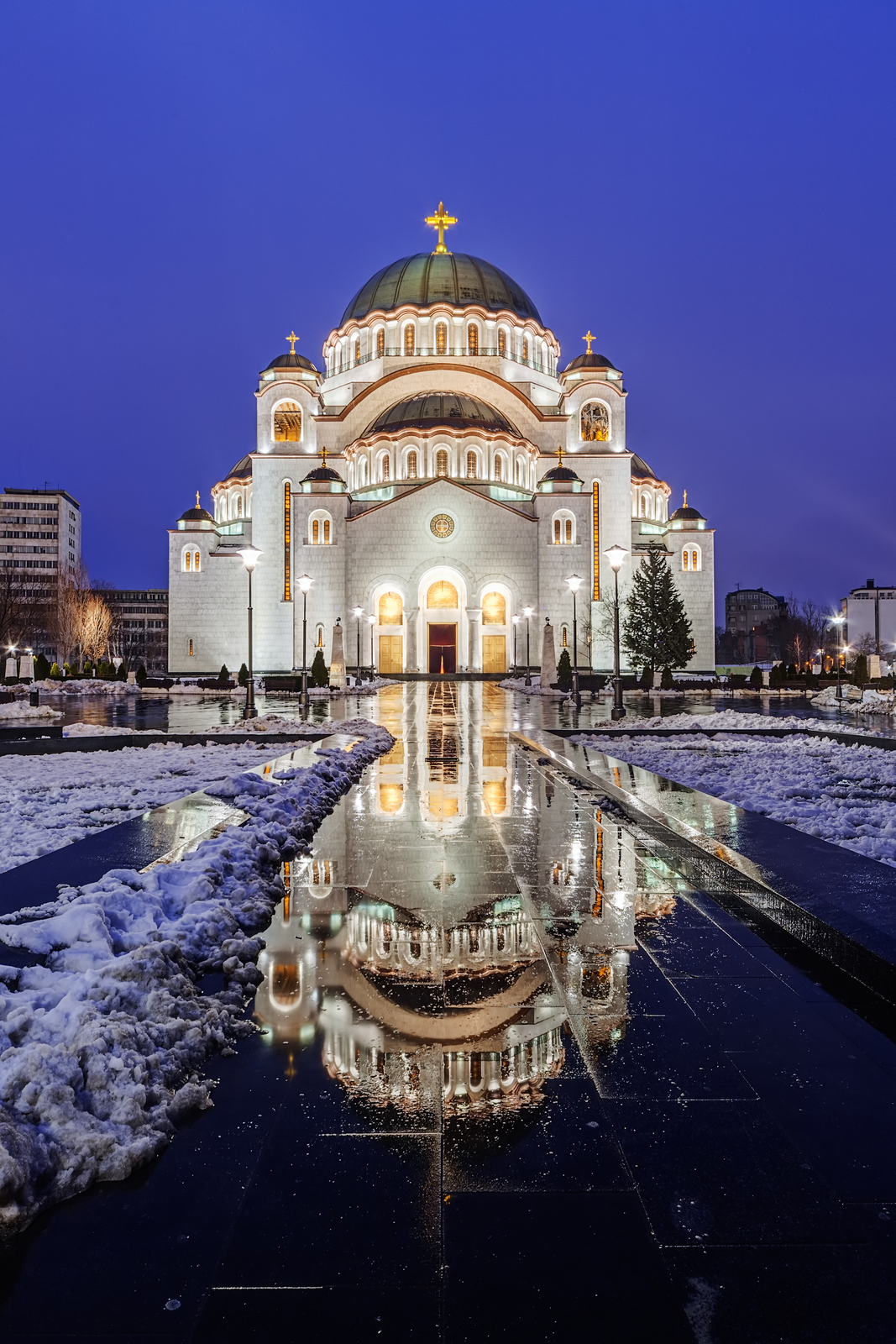 What is it?
What is it?
The Church Of St Sava sits on the Vrachar plateau in Belgrade, Serbia. The main cathedral of the Serbian Orthodox Church, is dedicated to Saint Sava, an important figure in medieval Serbia and the founder of the Serbian Orthodox Church.
The temple is built where St. Sava’s grave is located. It’s a grandiose looking object that is worth the visit if you’re in the city.
Brief History
A group of Serbian Orthodox believers founded the Society for the Construction of the Cathedral of Saint Sava on the 300th anniversary of the burning of Saint Sava`s body. It’s one of Belgrade’s oldest churches and one of the largest orthodox church in the region.
You’ll notice that the church resembles the same design that Russian churches have. That’s because In the nineteenth and the first half of the twentieth century, the Balkans were dominated by church architecture from Russia.
It served Serbs as a symbol of the afterlife of the medieval Serbian empire.
Fun fact
- The Church was used as a Depot by the German Army in World War 2
The tour we took to fully experience the St Sava is this one here. Find the rest of the tours here:
Knez Mihailova Street
Stari Grad, Belgrade | $$ | 10 am – 9 pm
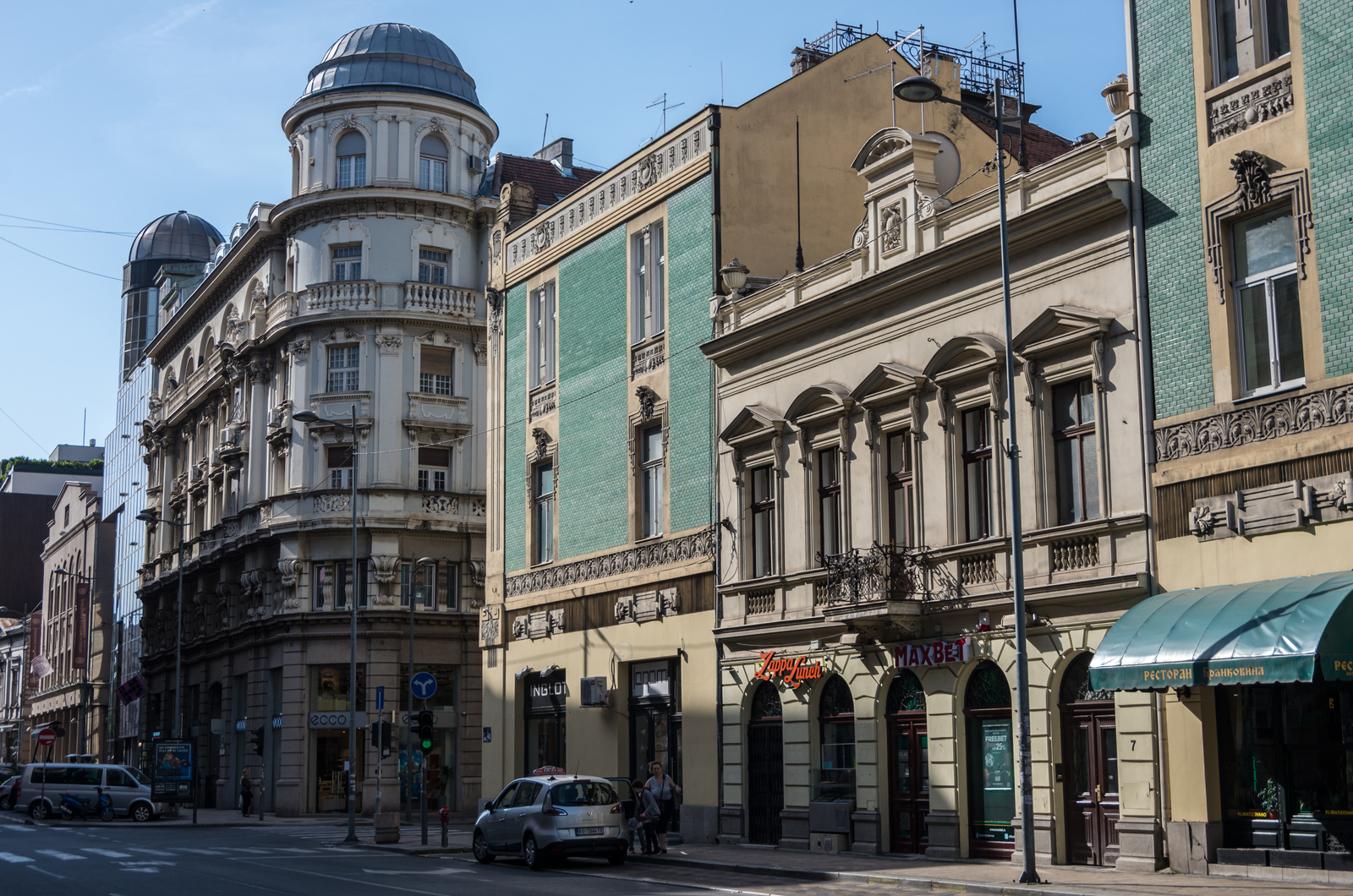 What is it?
What is it?
Who’s up for some shopping and coffee? Knez Mihailova Street is one of the city’s oldest and most valuable landmarks.
It is named after Mihailo Obrenovic III, Prince of Serbia and currently is the place where everything happens and everyone hangs out! Think Times Square, but in the Balkans. Whether you want to have your morning espresso or do some shopping, Knez Mihailova has it all.
Brief History
Earliest records say it was part of Singidunum, and it kept the same position since then. It went through a few different owners, first the Ottomans who built Mosques and mahalas (neighborhoods) but then got demolished when the Austrians occupied Belgrad. Today, for Belgraders Knez Mihailova is a common meeting point.
As it is the shortest path from Terazije to Kalemegdan park and fortress, thousands of people stroll along the street daily. Knez Mihailova is in the midst of the city, so it’s the best place to book a hotel or an apartment.
Visit Skadarlija
Skadarlija Belgrade, Serbia | $$ | 12:00 pm – 12:00 am
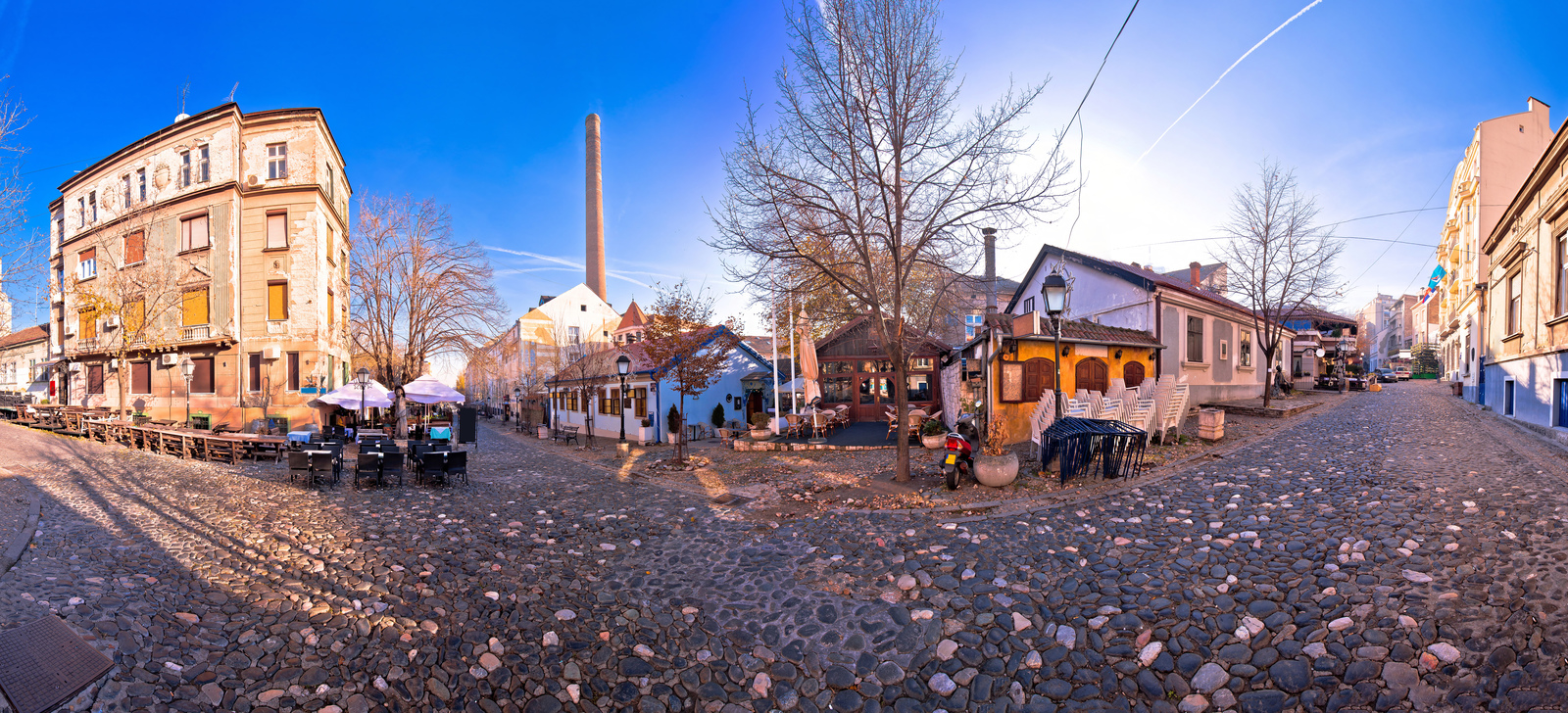 What is it?
What is it?
Skadarlija is the bohemian neighbourhood in the Serbian capital of Belgrade. It is located in the city’s old town and is known for its cobbled streets and festive atmosphere – It’s sometimes referred to as the bohemian quarter.
The street is home to a number of cafes and restaurants, as well as some art galleries and shops. Skadarlija is a popular tourist destination and is often considered to be one of the most beautiful streets in this part of Belgrade, reminiscing of the Paris Montmartre.
Brief History
Skadarlija was in bad shape when World War II ended.
“Split” and “Skadar”, were the only two buffets that survived and the kafanas which survived were: “(Velika) Skadarlija”, “Dva jelena” and “Tri šešira”.
Because of the general state of adversity after the war, some places were closed while others were closed due to the nationalization, lack of professional staff, and rationed food and drinks. Luckily for us and other visitors, the 2017-2021 reconstruction helped bring the old glory back.
Don’t get us wrong, even prior the 2017 Skadarlija was brimming with life, music, great food and…well more food.
Although you don’t need a tour to eat and drink, we still took a food tour and let ourselves chill while the guides walked us through the delicacies Skadarlija offers. Feel free to check it out here: https://www.tripadvisor.com/Attraction_Review-g294472-d8384951-Reviews-Taste_Serbia_Food_Tours-Belgrade.html
Ada Ciganlija
Ada Ciganlija, Belgrade, Serbia | $$ | 07.30-15.30
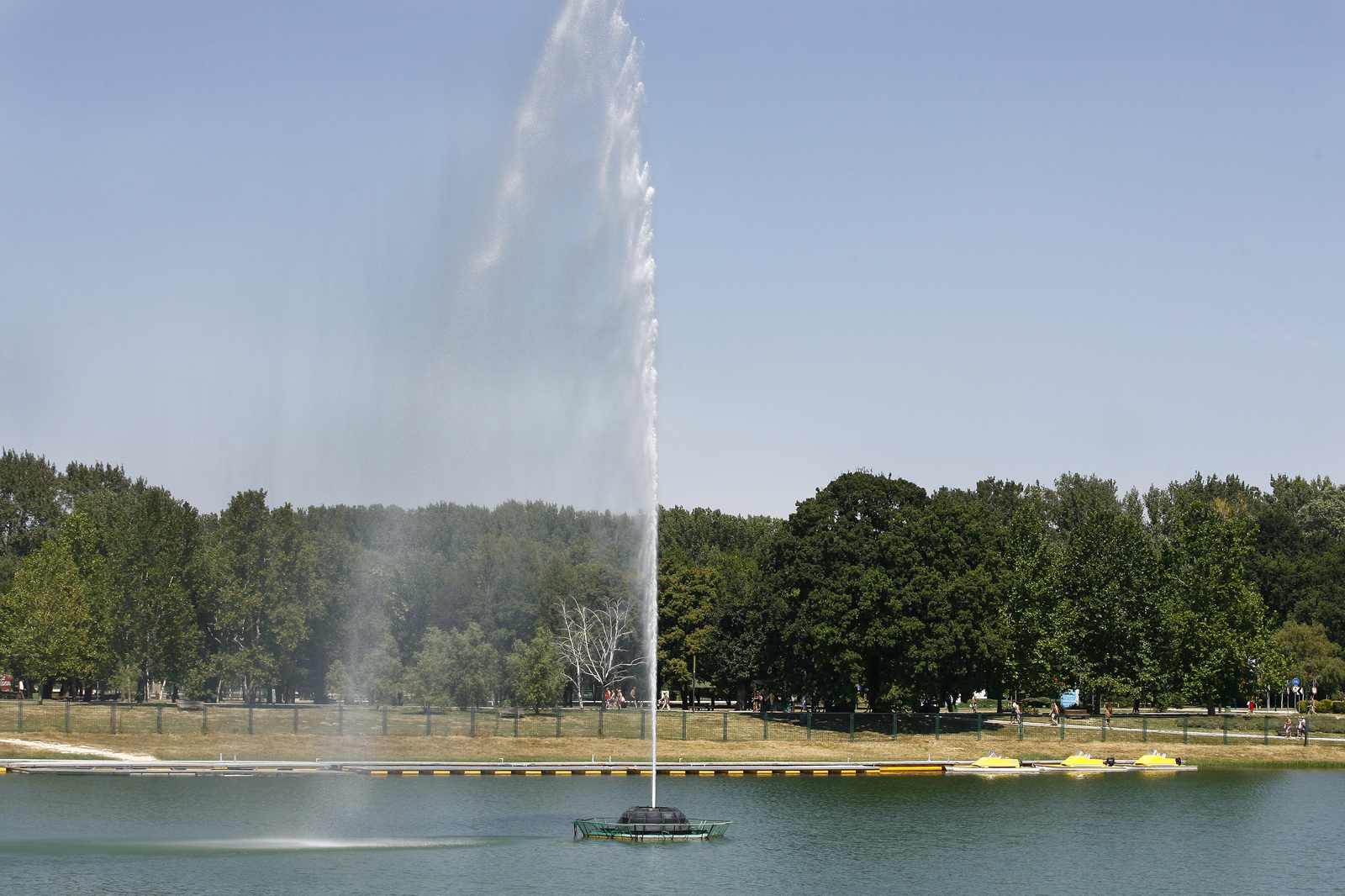 What is it?
What is it?
Ada Ciganlija shortened to Ada as people call her, is a river that has artificially been turned into a peninsula. It’s literaly in the Sava River’s course. Because of its central location, over the past few decades, it turned into an immensely popular recreational zone, most notable for its beaches and sports facilities.
It’s one of the less hidden gems in the city. During summer seasons, the river has over 100,000 visitors daily and up to 300,000 visitors over the weekend.
Ada Ciganlija was nicknamed “More Beograda” (“Belgrade’s Sea”), which was officially accepted as an advertising slogan in 2008, stylized as More BeogrADA.
Nikola Tesla Museum
Krunska 51, Beograd 11000, Serbia | $ | Monday: 10:00 – 18:00 Tuesday – Sunday: 10:00 – 20:00 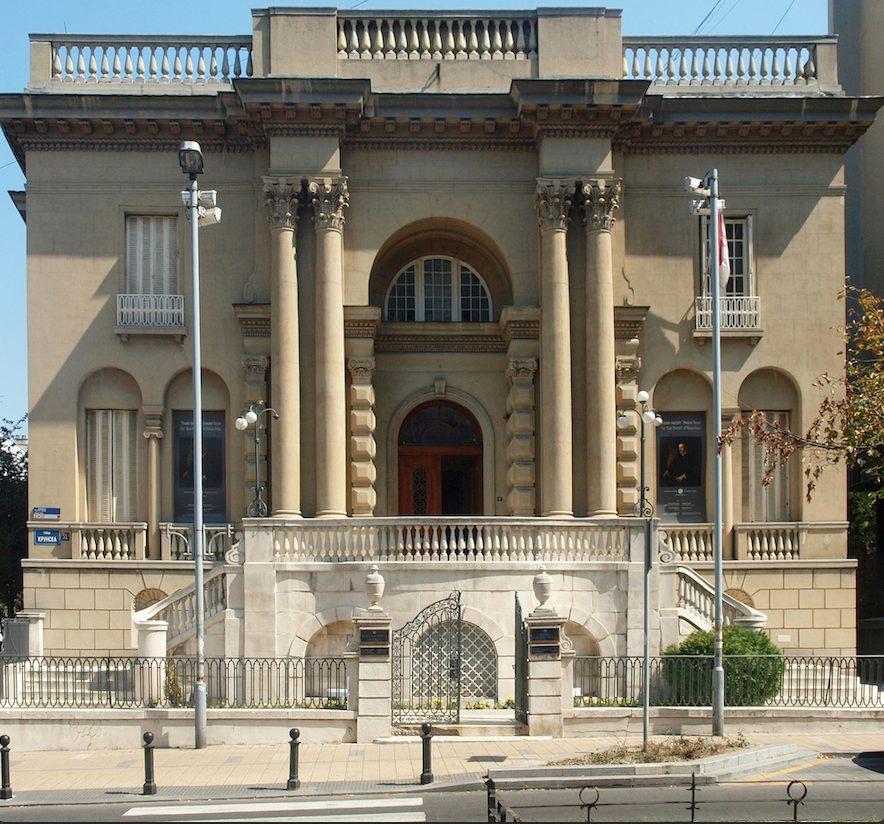
What is it? The Nikola Tesla Museum is a science museum dedicated to the work and life of Nikola Tesla and it’s one of the best place in the city to find more info on this world renowned genius.
The museum contains over 160,000 original documents, 2,000 books and journals, 1,200 historical technical exhibits, 1,500 photographs and photo plates of original objects, instruments, and apparatus, and 1,000 plans and drawings.
Fun Facts
- Nikola Tesla was a germaphobe.
- He was born during a lightning storm.
This tour will help you immerse yourself in the life and being of Nikola Tesla.
Belgrade Military Museum
Carigradski drum, Beograd, Serbia || 10 a.m. to 5 p.m.
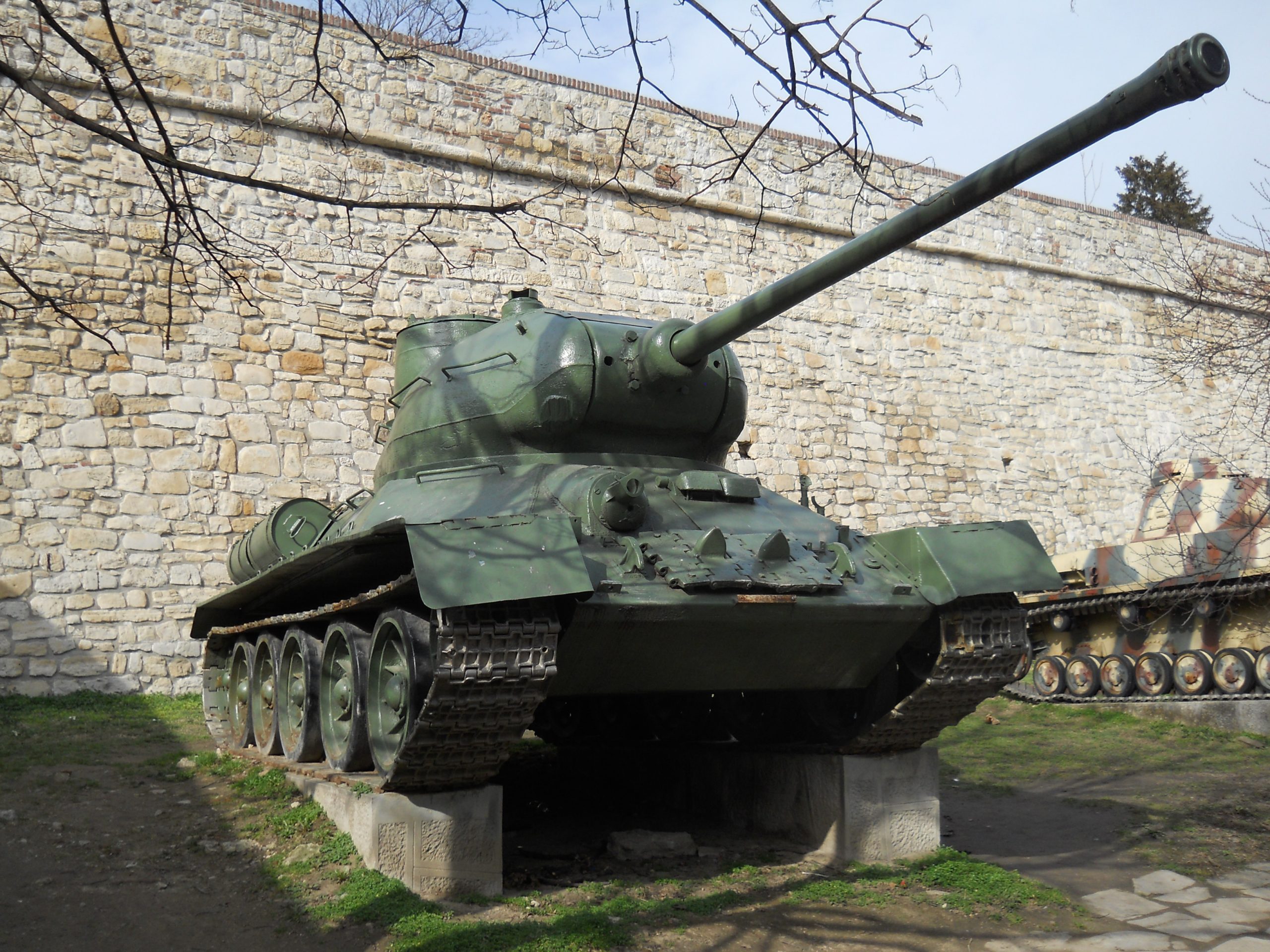 What is it?
What is it?
The Military Museum was founded in 1878 and is dedicated to the military history of Serbia. It has as a collection of over 3,000 ancient and modern items such as Roman swords and helmets, Greek helmets and daggers, Serbian heavy knight’s armor, axes, shields, helmets, crossbows, armored gloves, and Western medieval weapons.
If you’re a war aficionado, you are going to want to visit this place! Additionally, the museum displays more modern guns, firearms, and soldiers’ uniforms and equipment.
Stari Dvor and Novi Dvor
Andricev Venac 1, Belgrade, Serbia
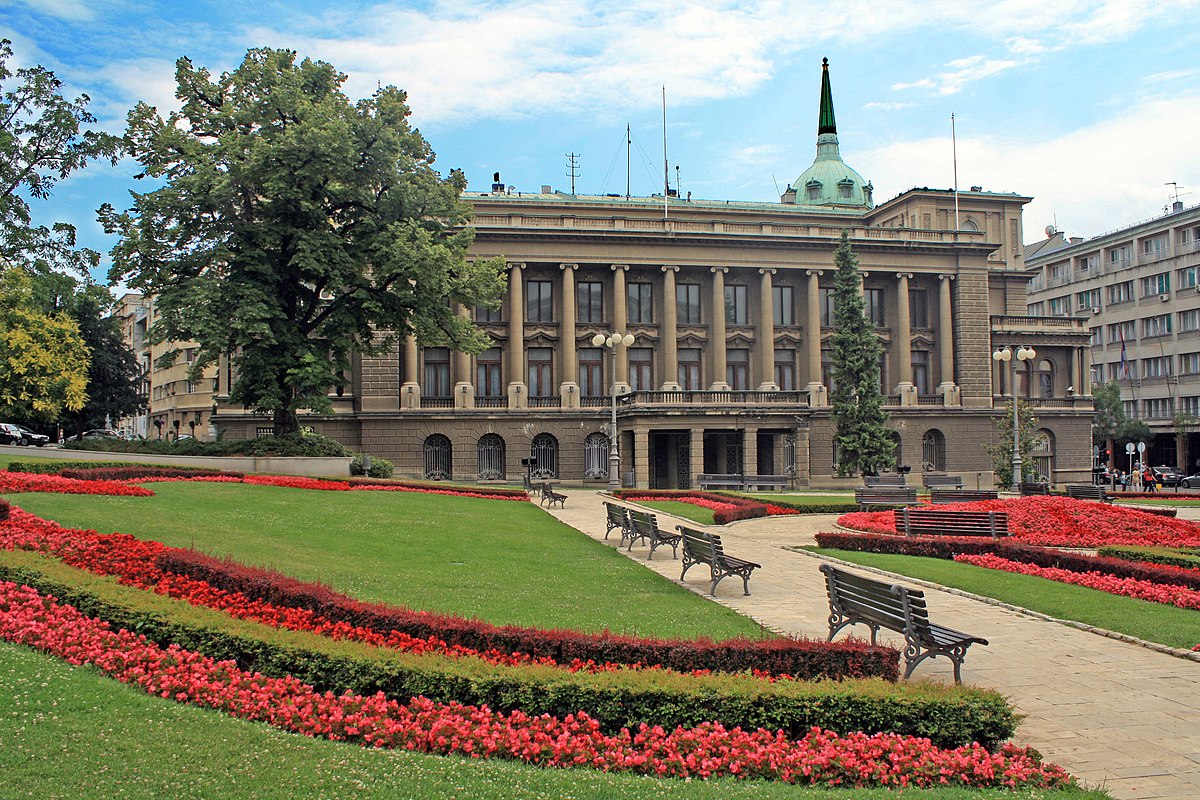 What is it
What is it
The Old Palace (Stari Dvor) was the royal residence of the Obrenović dynasty and today it is the seat of the City Assembly of Belgrade.
The New Palace (Novi Dvor) is the current seat of the President of Serbia, located on Andrićev Venac. It was previously a royal residence of the Karađorđević dynasty of Serbia, and later the Kingdom of Yugoslavia.
The palace stands opposite Stari Dvor (Old Palace). Both palaces are worth seeing and experiencing, simply because they have so much history going on for them. If you’re interested in learning more, take this tour.
Republic Square
Trg republike 3, Beograd, Serbia
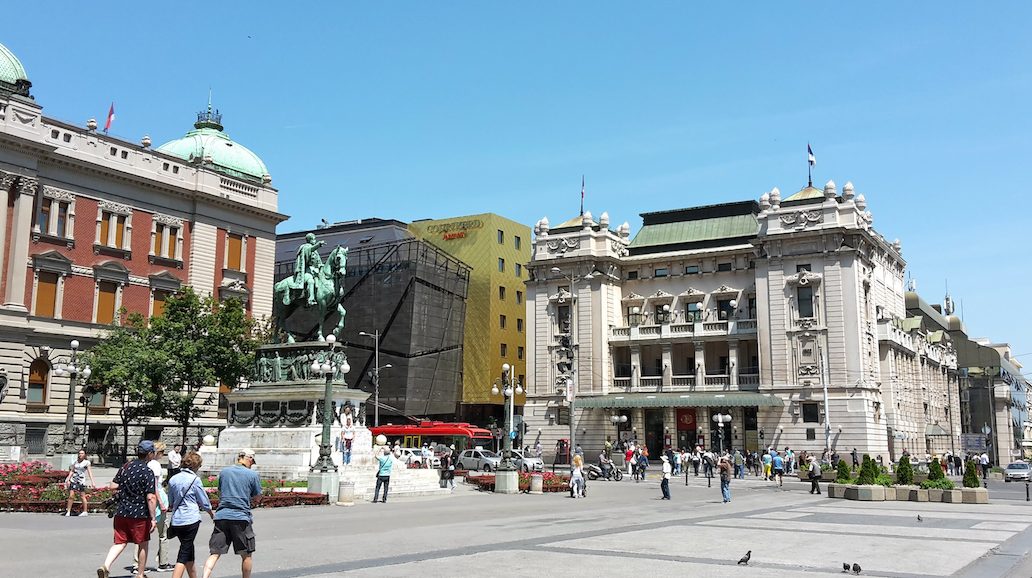
What is it?
Republic Square is one of the main squares in the city of Belgrade, Serbia. It is located in the Stari Grad municipality and is home to some of Belgrade’s most famous landmarks, including the National Museum, the National Theatre, and a statue of Prince Michael.
You can’t miss this one because you will inevitably pass it at least once while you’re in Belgrade.
Avala Tower
Beli Potok, Serbia || 9 AM – 8 PM
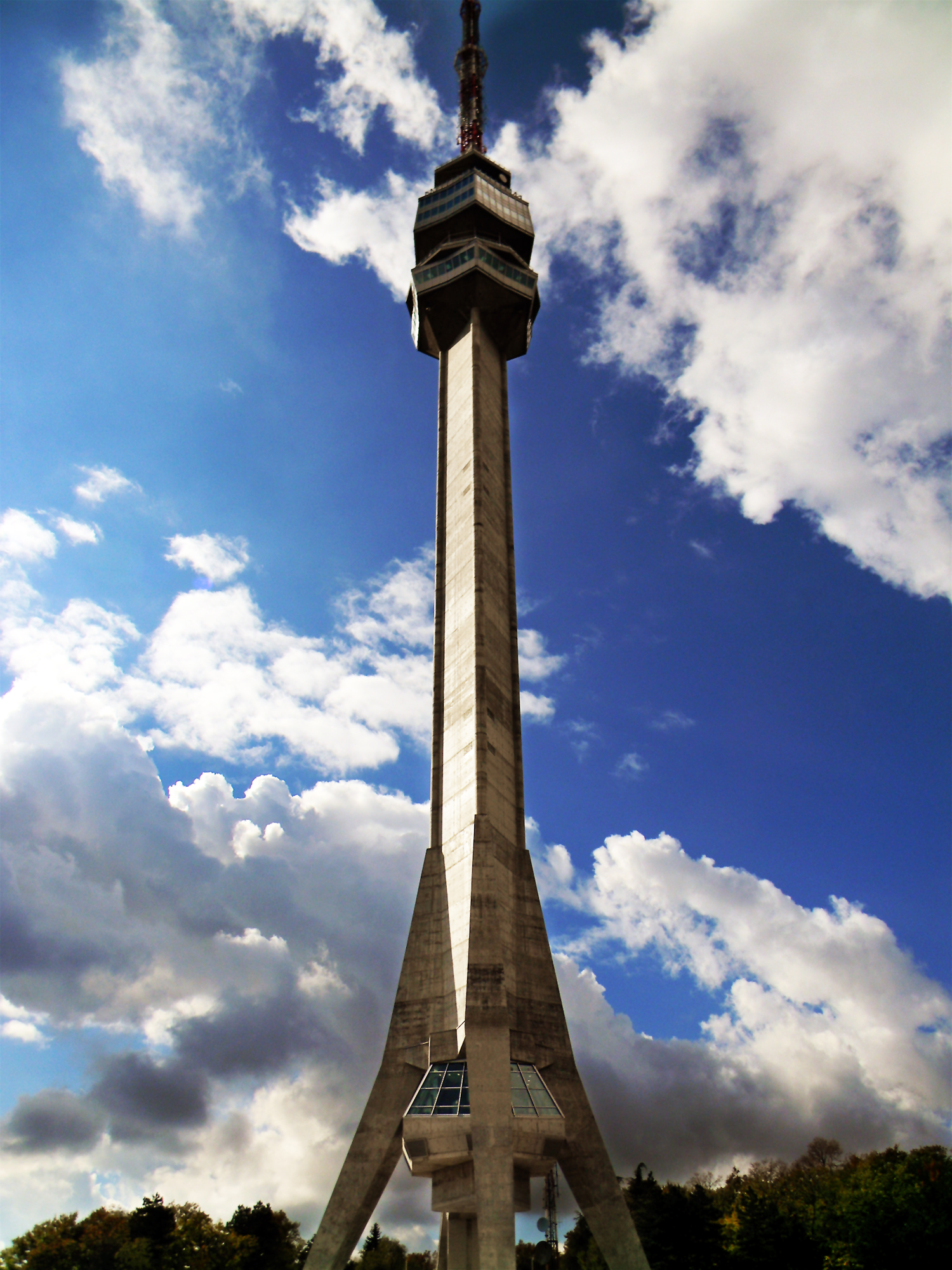 What is it?
What is it?
The Avala Tower is a 204.68-meter-tall (672-foot) telecommunications tower. The original tower was completed in 1965 but was destroyed on April 29, 1999, during the NATO bombing of Yugoslavia.
On December 21, 2006, the tower’s reconstruction commenced and right now it stands tall amongst the lowlands around Belgrade offering spectacular views of the surrounding area. Easiest way to get to the Avala tower is to rent a car or by bus.
When you’re there, check this tour to help you experience the tower at your convenience.
Zeleni Venac Farmers Market
Zeleni Venac, Belgrade, Serbia || 7 AM – 7 PM
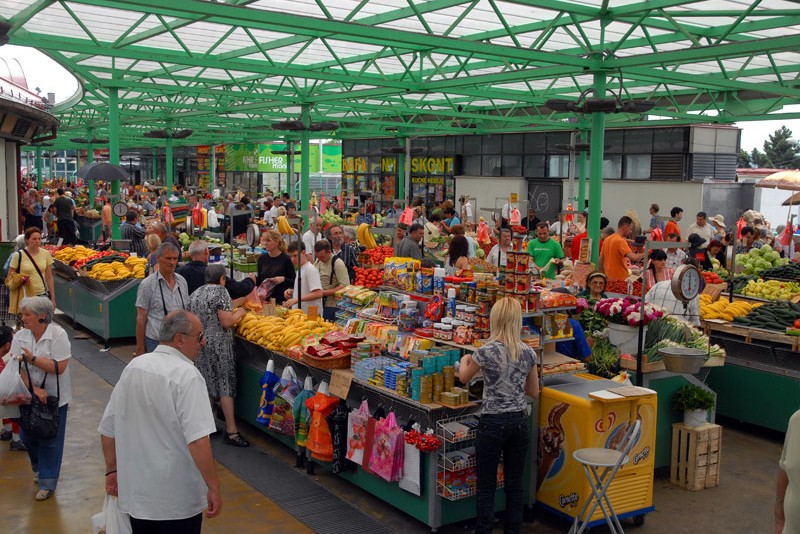 What is it?
What is it?
There are over thirty farmer’s markets in Belgrade, but the most famous one is definitely the Zeleni Venac Pijaca. Zeleni Venac Pijaca is the oldest green market in Belgrade, operating since the early 19th century. In 2017, the market celebrated its 170th anniversary.
This is an excellent place to get fresh produce or other local Serbian foods such as ajvar or Fruska Gora cheeses, located just a five-minute walk from Hotel Moskva or Terazije Square. Zeleni Venac is a local market in the city that is known for its unique and colorful architecture.
The neighborhood was named Zeleni Venac, meaning “Green Wreath,” after the wreath that a local kafana owner placed on the door of her shop.
Although this kafana has become a McDonald’s, the local market is still open. The standing building was built in 1926, and recently renovated to look like its historical self. It is now a protected cultural landmark.
The Museum of Contemporary Art
Ušće 10, Beograd, Serbia || 10 AM – 6 PM
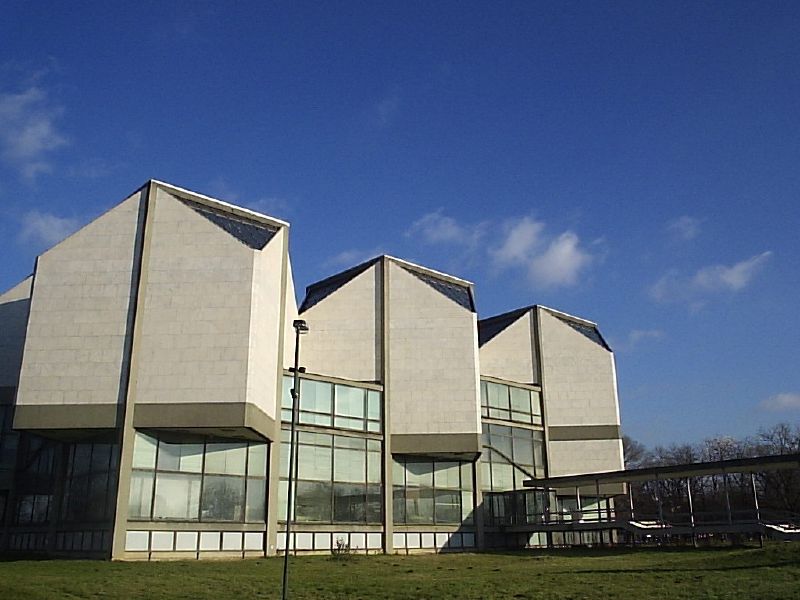 What is it?
What is it?
The Museum of Contemporary Art in Belgrade is an institution dedicated to modern art. The Modern Gallery was founded in 1958, making it one of the world’s first museums of its kind.
In 1965 it was moved to the Ušće neighborhood of New Belgrade where the current building is. There are over 35,000 works of art in the collection.
The museum holds artwork exhibits from 1900 up until the present day, originating from Serbia and Yugoslavia. It also hosts international exhibitions of modern and contemporary art which you can check out here.
Zemun Neighborhood
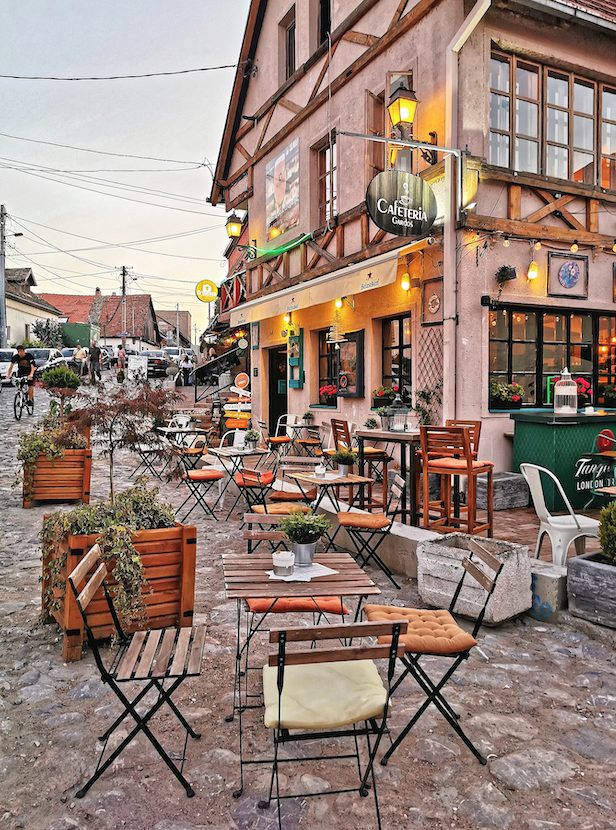
What is it?
The municipality of Zemun is located in the city of Belgrade. It was previously its own town, before being absorbed into Belgrade in 1934.
Bohemian, Zemun has a village-like feel with its cafes, lively late-night bars, and fish restaurants along its riverside promenade. Gardoš hill, topped by an 1896 tower, offers Danube and city views.
Ornate churches include baroque St. Nicholas, with murals and glittering icons. Here’s the best tour to visit Zemun (it’s a day tour so get ready for alot of sightseeing)
Bajrakli Mosque
Gospodar Jevremova 11, Belgrade
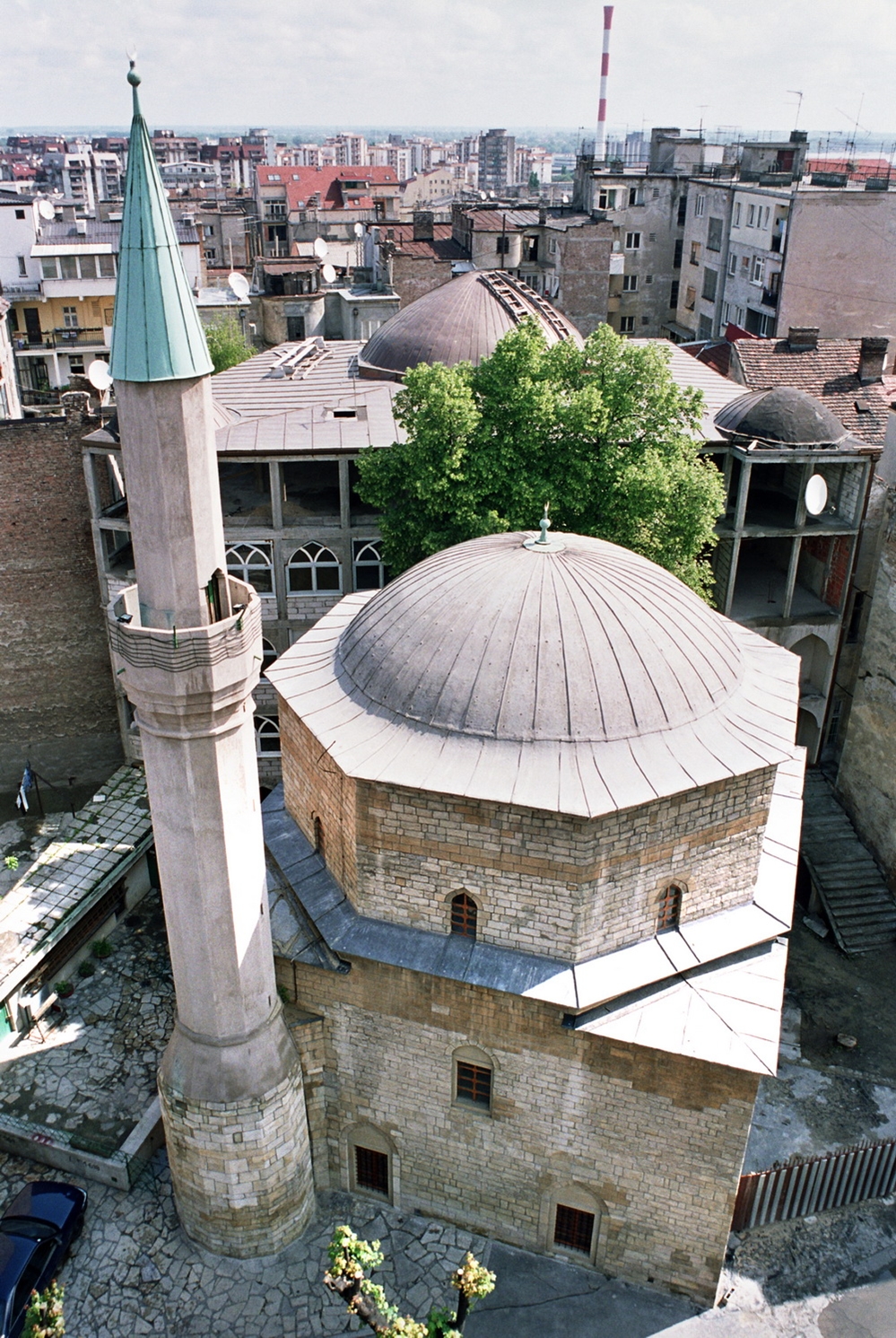 What is it?
What is it?
The Bajrakli Mosque, located in Belgrade, the capital of Serbia, got its name from the Turkish word for “flag,” bayrak. The mosque was built in 1575 and is the only one remaining out of the 273 that existed during the Ottoman Empire’s rule of Serbia.
When the Austrians occupied Serbia between 1717 and 1739, they converted it into a Roman Catholic church. However, when the Ottomans recaptured Belgrade, they restored it to its original purpose. The mosque was burned on March 18, 2004, during the Kosovo unrest in response to the burning of Serbian churches. It was later repaired.
Museum of Yugoslavia
Михаила Мике Јанковића 6, Beograd 11000, Serbia 10 am to 6 pm
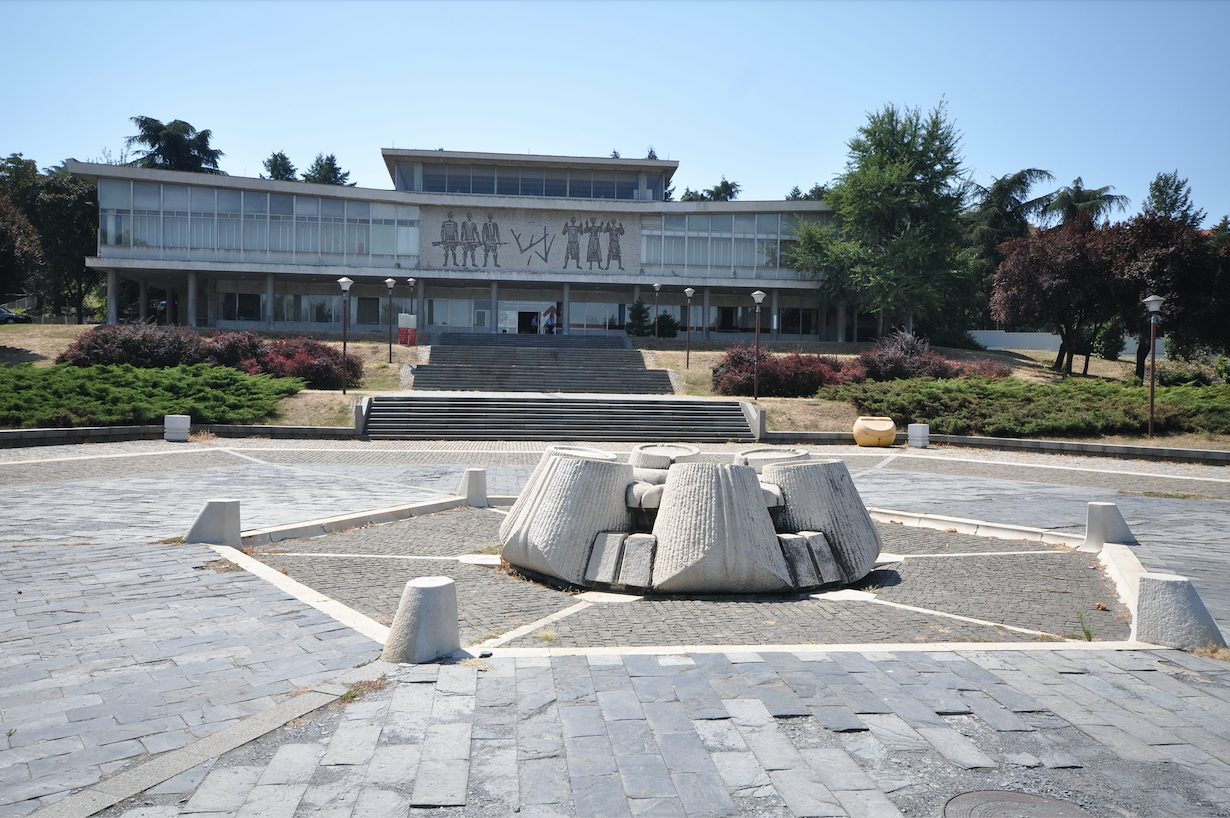 What is it?
What is it?
The Museum of Yugoslavia is a public history museum located in Belgrade, Serbia’s capital city. It shows elements from the period of the Kingdom of Yugoslavia and Socialist Yugoslavia, as well as the life of Josip Broz Tito.
The final resting place of Tito is located in one of the buildings (turned into a museum – the House of Flowers).
This museum is the most popular in Serbia, with 120,000 people visiting annually. The City of Belgrade constructed the monument as a present to Josip Broz Tito, the president of Yugoslavia, for his 70th birthday.
This museum was a place where Tito displayed presents he received until 1962. Presents such as a selection of batons from the Relay of Youth, Tito’s medals, decorations, and personal belongings were exhibited in this museum. This is the tour you’re looking for if you want to experience Yugoslavia as it was.
Ruins of Yugoslav Army Headquarters
Kneza Miloša 33-41, Beograd 11000, Serbia
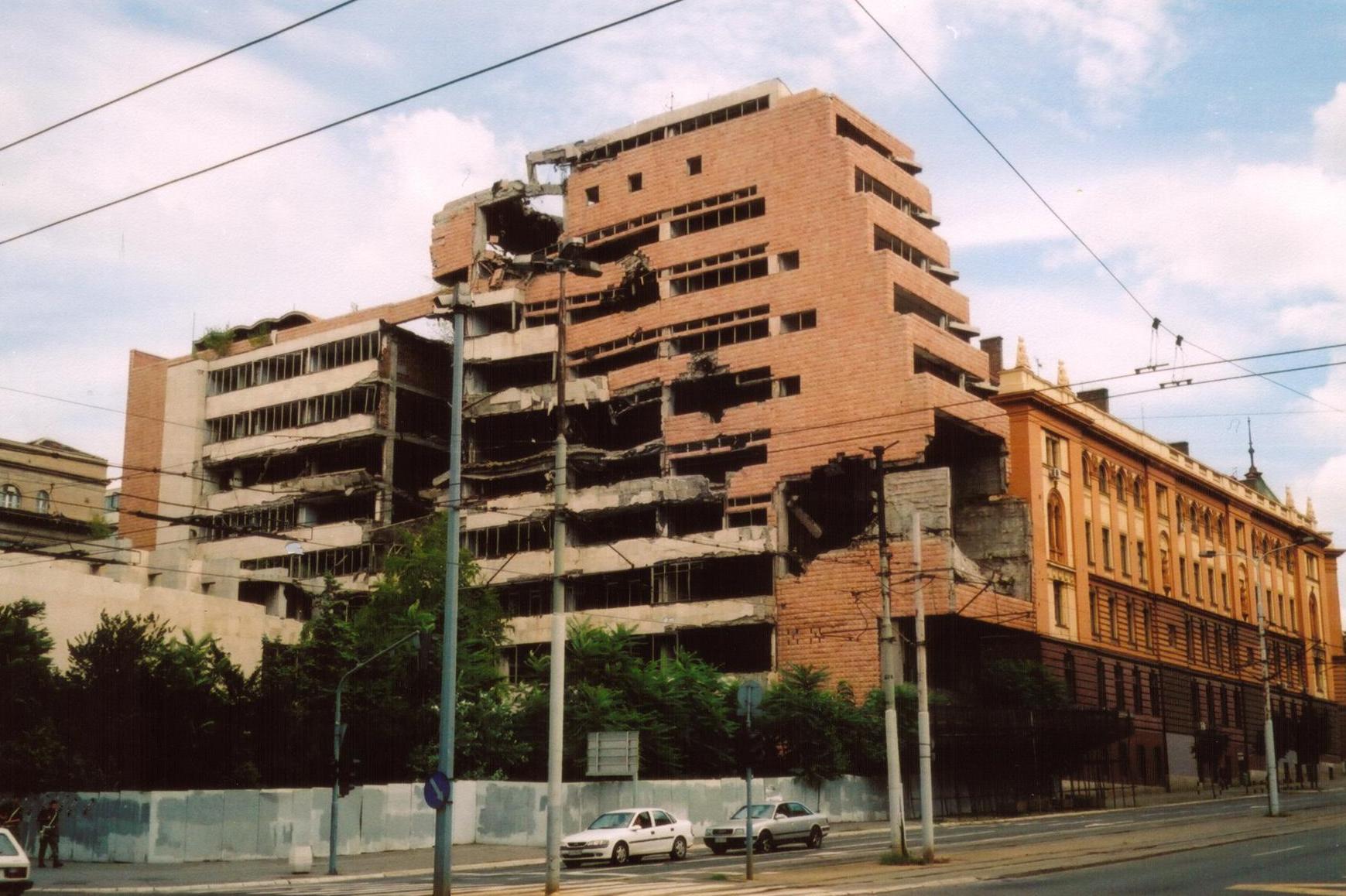 What is it?
What is it?
The destroyed Serbian army headquarters now sits half-crumbled in a largely revitalized Belgrade. The 1990s were a decade of conflict and turmoil on the Balkan peninsula. It is difficult to find evidence of the 1990s wars in Belgrade, with the exception of the large ruin that was once the Yugoslav/Serbian Army headquarters.
The building was bombed several times during the NATO campaign. The bombing of the building was mostly symbolic, as all essential command functions had already been moved to a secure location before the start of the war.
Other Notable Places To Visit
The Historical Museum Of Serbia
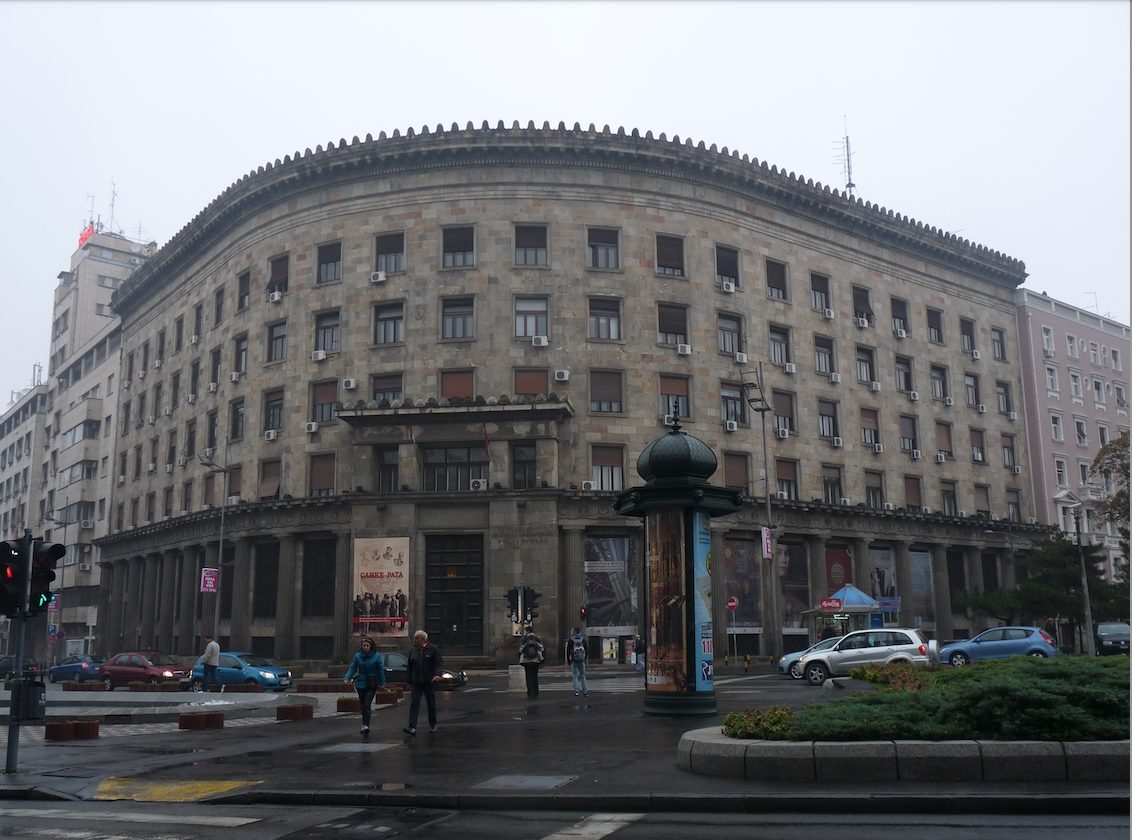 The Historical Museum of Serbia is located in the heart of the capital city, Belgrade. It was founded in 1844 and its collections encompass more than half a million items that date back from the prehistoric period up to the 20th century.
The Historical Museum of Serbia is located in the heart of the capital city, Belgrade. It was founded in 1844 and its collections encompass more than half a million items that date back from the prehistoric period up to the 20th century.
The museum is housed in an impressive neo-renaissance building which was built in 1901. The museum’s holdings include an important collection of Serbian medieval manuscripts and icons, as well as a rich numismatic collection. One of the most interesting items on display is the 12th-century Miroslav Gospel, which is considered to be one of the finest examples of Serbian medieval art.
The museum also has a section devoted to the history of Yugoslav music, which includes a large collection of traditional musical instruments. Visitors to the Historical Museum of Serbia can learn about the country’s rich history and culture through its numerous exhibits and collections. The museum is an important institution for understanding Serbia’s past and present.
National Theatre In Belgrade
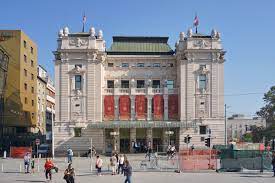
The National Theatre in Belgrade is one of the most important cultural institutions in Serbia. It was founded in 1868 and has been an important part of Serbian culture ever since.
The theatre produces a wide range of plays, operas and ballets, and is also home to the Serbian National Theatre Orchestra.
The theatre is located in the centre of Belgrade and is easily accessible by public transport.
Is Belgrade worth visiting?
Yes, Belgrade is definitely worth visiting! There’s so much to see and do in this wonderful city, from exploring its many historic landmarks and museums to enjoying its vibrant nightlife. And of course, the food is amazing! Whether you’re looking for a relaxing city break or an action-packed vacation, Belgrade is sure to please.
How many days in Belgrade is enough?
Three days is generally considered to be the minimum amount of time needed to explore the city and its attractions properly. If you only have a limited amount of time, then make sure to focus on the must-see sights such as Kalemegdan Park, Skadarlija and the Belgrade Fortress.
What is Belgrade Famous For?
Belgrade is the capital of Serbia, and it is one of the oldest cities in Europe. It is known for its history, culture, and architecture. The city has many museums, galleries, and theaters. It is also known for its nightlife and its food.
What is there to do in Belgrade in 2 days?
There are plenty of things to do in Belgrade in two days! Visit Kalemegdan Park and take a walk through the Belgrade Fortress. Then, head to Skadarlija, an old bohemian quarter full of cobbled streets and charming cafes. For some nightlife, check out one of the many clubs along the riverfront. Make sure to try some of the local Serbian cuisine too – cevapcici and burek are both delicious! If you’re looking for a specific itinerary, let us know in the comments and we will be happy to help!
Is Belgrade a beautiful city?
Yes, Belgrade is a beautiful city. The Serbian capital is located on the confluence of the Sava and Danube rivers, which gives it a stunning riverfront setting. The city also boasts a number of parks and green spaces, as well as a number of historic buildings and monuments.
Why do people visit Belgrade?
Belgrade is a city with a rich history and many interesting sights. It is the capital of Serbia, and it is located on the Danube river. People visit Belgrade for its museums, its nightlife, and its architectural landmarks. The city has something to offer everyone, and it is a great place to visit.
Is Belgrade walkable?
Yes, Belgrade is a very walkable city. The streets are well-maintained and there is a good network of sidewalks and pedestrian paths. The city centre is relatively compact and most of the tourist attractions are within walking distance of each other.
What is the best time to visit Belgrade?
Any time is the best time to visit Belgrade. The spring or fall, when the weather is mild and the city is alive with cultural events. The Serbian capital is also a great summer destination, with its many outdoor cafes and restaurants, as well as parks and open-air museums. Winter can be cold and gray, but it’s also a good time to visit if you’re interested in seeing the city’s Christmas markets and New Year’s Eve celebrations.
Things to do in belgrade at night?
There are plenty of things to do in Belgrade at night. You can go out for a meal, have a drink in one of the many bars and clubs, or see a show. If you’re looking for something to eat, there are plenty of great restaurants to choose from. For something different, why not try one of the city’s many ethnic eateries?
There’s sure to be something to suit everyone’s taste. If you’re looking to drink, then there are plenty of bars and clubs to choose from. whether you want a quiet night out or a wild night on the dance floor, you’ll find somewhere to suit your mood. If you’re looking for some entertainment, then there are plenty of options.
You could see a band or DJ at one of the city’s many live music venues, or catch a film at one of the cinemas. Alternatively, you could head to a theatre or comedy club for a night of laughs.
Does Belgrade have a nightlife?
Yes, Belgrade has a nightlife. There are many bars and nightclubs in the city, and the nightlife scene is very active. If you’re looking for a place to party, Belgrade is definitely the place to be.
What Are The Top Attractions In Belgrade?
Some of the top attractions in Belgrade include Kalemegdan Fortress, which offers great views of the city, and the Nikola Tesla Museum, which is a must-see for any science or history buff. Other popular sights include Skadarlija, a charming bohemian quarter with lots of great restaurants and bars, and the Cathedral of Saint Sava, one of the largest Orthodox churches in the world.
Of course, no visit to Belgrade would be complete without taking a stroll along the banks of the River Sava and enjoying the many cafes and shops lining the riverfront.
Weird things to do in Belgrade?
If you’re feeling adventurous, why not try your hand at urban exploration? Belgrade is home to plenty of abandoned buildings, many of which are fascinating to explore.
Just be sure to stay safe and don’t trespass on private property. And if you’re looking for something truly unique, why not visit the Museum of Broken Relationships? This quirky museum houses items donated by people from all over the world who have experienced heartbreak.
It’s a moving and thought-provoking place that’s definitely worth a visit.
Are There Any Day Trips In Belgrade?
Oh yes! Here are some of the best day trips you can do while in Belgrade:
Fun things to do in Belgrade?
There are plenty of fun things to do in Belgrade, Serbia! For starters, the city is filled with history and culture. You can explore various museums and monuments, or take a walking tour through the old town. There are also many great restaurants and cafes to enjoy, as well as lively nightlife.
If you’re looking for something more active, there are plenty of parks and green spaces to walk or relax in, or you can go for a swim in one of the city’s many rivers and lakes. Whatever your interests, you’re sure to find something to enjoy in Belgrade!
Best Things To Do In Belgrade: Explore Belgrade To The Fullest
That’s all folks and we hope you enjoyed reading about the best things to do in this wonderful Balkan city. If you have any recommendations or questions, let us know in the comments!
More Resources For You
If you’re feeling abit more adventurous, check our nature guides for Serbia including:
If you’re traveling to Sofia, check out our things to do in Sofia article!
Traveling to Slovenia maybe? Check the things to do in Ljubljana article!
Going west to Zagreb? Check our list for the best things to do in Zagreb.
Or planning on going to Montenegro? Check the best things to do in Podgorica.
Or just going south towards Macedonia? We have a guide on the best things to do in Skopje!
Check our guide on things to do in Sarajevo, too!
Want more info on Balkan Travel? Here’s everything we’ve covered on traveling around the Balkans so far!
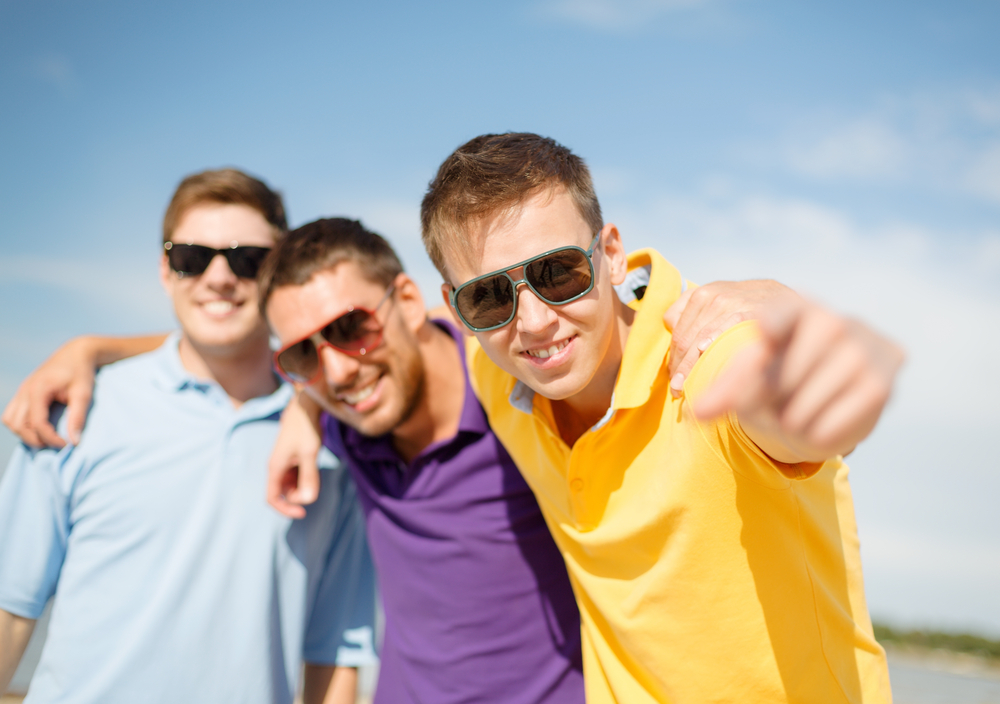
Arben G. and Will Do. – Friends since they met on Work on Travel in the States, they have been writing exhaustively about how not to do business and still make tons of money and every aspect of business for Direktorium.
When they’re not writing about business, they don’t know what to do and go back to writing about business. True friendship lasts even in business! (Arben is in yellow, and Will in purple shirt. Nobody knows who the douche on the left is).